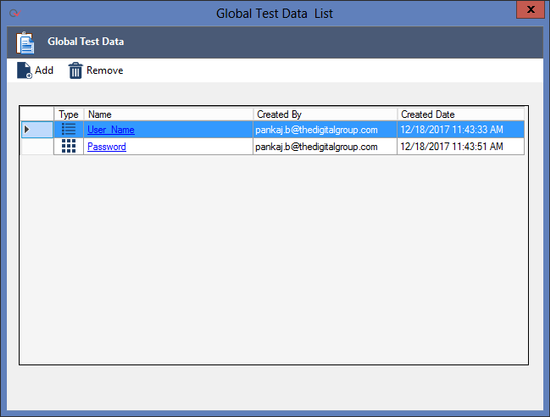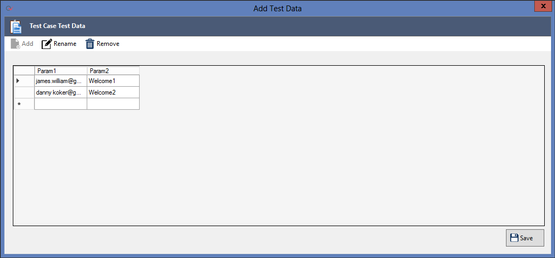Understanding Parametrization of Test Cases with QARA Enterprise
.png)
A useful approach to construct and run numerous test cases, parametrization involves only the data as the distinguishing factor between the different test cases. It's usual to initialise method input parameters and expected results in the test method itself when designing unit tests. In some circumstances, a modest collection of inputs is sufficient; yet, there are others when a huge set of values is required to validate all of our code's functioning. Parameterizing tests can help you get more code coverage and ensure that your code is working as it should, and you have the new age test automation tools offering you parametrization.
Key Benefits of Parametrization
Test parameterisation is a useful technique for improving the quality of your testing scenarios, that test automation tools offer today. The concept of parameters in testing simply means that some parameters may be defined and used in your test cases. The parameters are filled in with their real value during the execution of a test case using an automation testing tool, resulting in a parameterised version of the original test case.
The key advantages of parameterization functionality of automation testing tools are as follows:
- Makes it easier to manage complex test cases by externalising changeable elements of tests as parameters.
- Provision to perform numerous variations of each test at the same time using a test automation tool. If a parameter has numerous values, this will result in multiple tests being run for each variation of the parameter.
- Provision for information to be shared between many test cases. It is easily accomplished by declaring the values of the parameters in the test sets, and this effectively leads to sharing of the values across all test cases.
Parametrization with QARA Enterprise
This functionality is best for projects that require a large number of cases to be tested in the same way. It's possible that testers will no longer need to spend time and effort gathering data sets in order to execute such test cases. The values saved in global and local test data in an automation testing tool like QARA Enterprise can be utilised to repeat test cases without duplicating work. The parametrization feature of QARA Enterprise are –
1] Local Test Data
Users can utilise the parametrization functionality to test different data sets after creating a test case on the QARA Enterprise test automation tool, as illustrated in the screenshot below. Global test data is displayed on the main dashboard and is not specific to every project. Parameters particular to a test case (local data) are, on the other hand, provided on the test case window.
Once users have added the parameters, they can save it by clicking on "Save", as shown below.
After adding test data, the script will look like the screenshot below.
Updating Test Data
If users want to update the saved Test Data, they need to click on 'Update Test Data' as shown below. The window allows users the option to 'Add', 'Remove' or 'Rename' the parameters, as shown in the screenshot below.
Note: In order to test a Web application using only one data set, you can delete the extra parameters by clicking on "Remove Test Data".
2] Global Test Data
Data from global tests can be used in many test cases. It is data that has been submitted in QARA test automation tool on a worldwide scale. Table and List are two data sources that can be used to build Global Test Data. In the Automated Test Steps panel, values selected from the Global Test Data are denoted by "@."
Note: As shown above, the values taken from the global data list and local data have been denoted using the symbols "@" and "=" respectively.
As you can see, parametrization of test cases with a new age test automation tool saves time and work by allowing you to save distinct sets of variables. Have you given it a shot yet? For more information, visit www.qaratest.com or drop us an email at info@qaratest.com and our team will connect with you to resolve your queries and help you get started.






